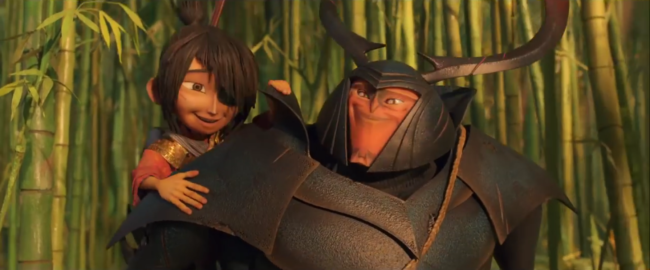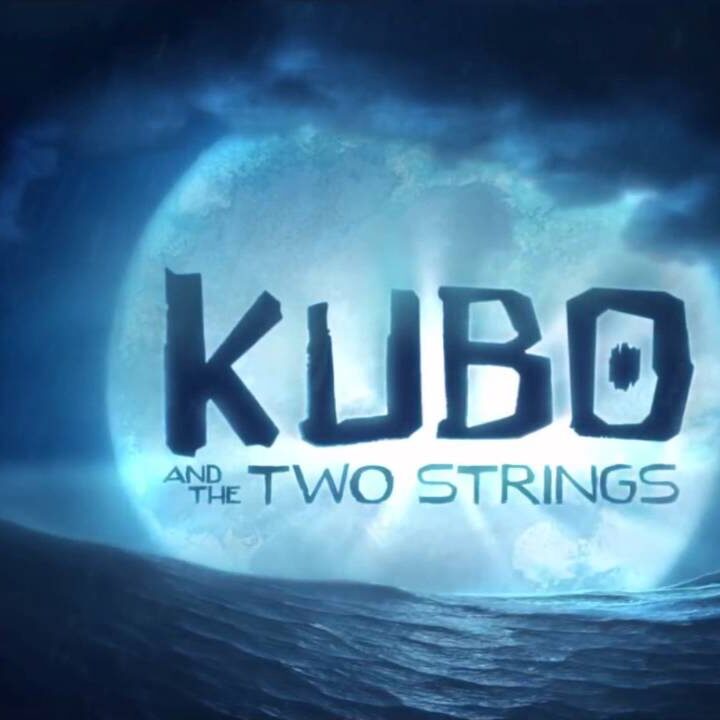by David Howard
On Wednesday, August 17th, ASIFA-East members were invited to a screening of Laika’s latest stop-motion masterpiece, Kubo and the Two Strings.
After the film, audience members took part in a Q & A with director and CEO of Laika, Travis Knight. Here are some notes taken from that night to give you a deeper glimpse into how the film was made.
https://youtu.be/p4-6qJzeb3A
- Mr. Knight waited to take the director’s chair on a feature film, until he felt he had gained the necessary knowledge and experience. His patience allowed him to bide his time, waiting for the right project to come along.
- The team at Laika don’t go near visuals until they have thoroughly locked down the story and characters. Kubo and the Two Strings took roughly 5 years to complete.
- When approaching an effect or particularly tricky scene, they perform multiple stop-motion tests on the stage. The footage is then handed over to the visual effects team to continue developing digitally.
- Knight characterizes Kubo and the Two Strings as somewhat of a ‘stop-motion David Lean film.’ Others have suggested the movie comes across as ‘the most Miyazaki film not made by Hayao Miyazaki.’ This was later corroborated by Miyazaki, himself!
- At its core, the film is a loving ode to family.
- Crowd scenes involved a limited amount of stop-motion characters supplemented by computer animated extras. To achieve a truly epic feel, matte painted backgrounds, digital expansion, and miniatures were used.
- Knight’s connection to this particular story harkens back to his own family and childhood. His love of fantasy epics came from his mother’s affection for the genre with particular prominence to J.R.R. Tolkien. His fascination with Japanese culture dates back to a trip with his father to Japan when he was 8 years old.

- The research process takes 2-3 years of story development, reading, traveling, and working out the finer details.
- Before they begin character fabrication, 2D animators test the character designs to develop how each character will emote and get an idea of how expressions should look. These tests are used as guides in the fabrication process.
- All origami in the film is not actually made of paper. They learned the best malleable, paper-like substance was a material called “Tyvek” which is more commonly used for large mailing envelopes.
- Unlike past productions, all hair in Kubo and the Two Strings is real, human hair. [editor’s note: ahhhhhh!]
- For the most part, actors were recorded separately and taped for reference to be used by the animators.
- For Travis Knight, the most frustrating aspect of his new role as director came as the surprisingly sparse “free time” he found to actually animate. Unlike past films, his new directorial duties allowed little wiggle room to animate choice scenes as he had in the past. To appease his animation urges, Knight was tasked with less prioritized shots which he worked on an hour before and after work.
- At Laika, they take on all kinds of screenplays, pitches, and adaptations. They have brought on first time writers from their own story department as well as outside help; always on the look-out for script samples.
- His advice for those who wish to write for animation is to not only write animation but expand your horizons and explore all types of writing to better develop your skills.
by David Howard

